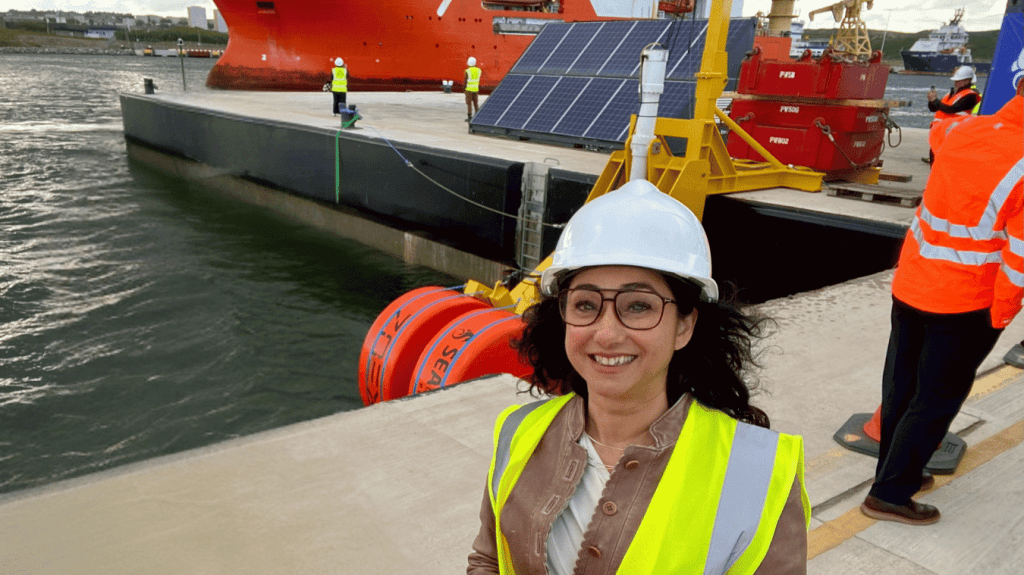Oil Worker Transitions to Renewable Energy Inspired by Family Concerns
After dedicating 15 years to the oil and gas sector, Aslihan Penley experienced a profound realization: she was concerned about how her children would view her career choices in the future. This prompted her to establish a clean energy venture.
Originally trained as a chemical engineer in Turkey, Penley met her husband while working within the oil and gas industry. However, following her job loss at Technip, a French engineering firm, in 2015, she sought retraining and shifted her focus toward renewable energy sources.
“One day, when my kids grow up, they’re going to look into my eyes and say, ‘Mum and Dad, you worked in oil and gas; you knew it wasn’t good and you didn’t do anything about it.’ I just didn’t want to face that question from my children,” she reflected.
At 51 years old, Penley secured financial backing from Scottish Enterprise in 2019, leading to the creation of her company, Zoex, in 2020, named in honor of her children, Zoe and Alex. She recruited engineers from the University of Edinburgh and the University of Strathclyde, successfully developing a wave energy converter prototype by 2023.
The innovative device features a hinged arm linked to a buoy, which moves with the waves, harnessing energy. During her tenure at Eco Wave Power, a competitor, Penley recognized the advantage of using a generator over a hydraulic system to minimize energy loss.
She also identified a potential application for her device in offshore fish farming, aiming to lower carbon emissions in their operations. In 2023, Zoex collaborated with Sealand Projects, a Scottish engineering consultancy, to secure funding for practical testing of the device. The Seafood Innovation Fund allocated £246,000 for the initiative, and the prototype underwent a two-week testing period at the Port of Aberdeen last summer.
Following the successful trials, Zoex received a further financial boost in May with £531,000 from Scottish Enterprise, the University of Strathclyde, and Equity Gap, an angel investment group in Scotland.

The 100kW prototype has been installed on the Black Sea coast in Ordu, Turkey, where it will undergo a year-long testing phase. Penley’s roots in Turkey fostered beneficial connections, and she noted that the Black Sea offered optimal conditions for comprehensive evaluations.
“The wave data in the Black Sea, particularly around Ordu, was exceptionally suitable for my device. In Scotland, storms can produce waves up to 10 meters high, while here, the maximum wave height reaches about four meters. I wanted to test my prototype, which still has limitations, in a more controlled environment rather than in a severe storm,” Penley explained.
Zoex aims to secure £3.5 million in funding as it prepares to transition towards commercializing the product.
Reflecting on the journey thus far, Penley indicated that getting to this stage has been filled with challenges, often turning to her children for motivation.
“I’ve come to realize that wave energy is quite difficult to navigate without significant backing. It may seem reckless to pursue this path alone, but my children have always been my inspiration, encouraging me not to give up,” she concluded.




Post Comment